Click on the picture and it will take you to the tile (below gallery).
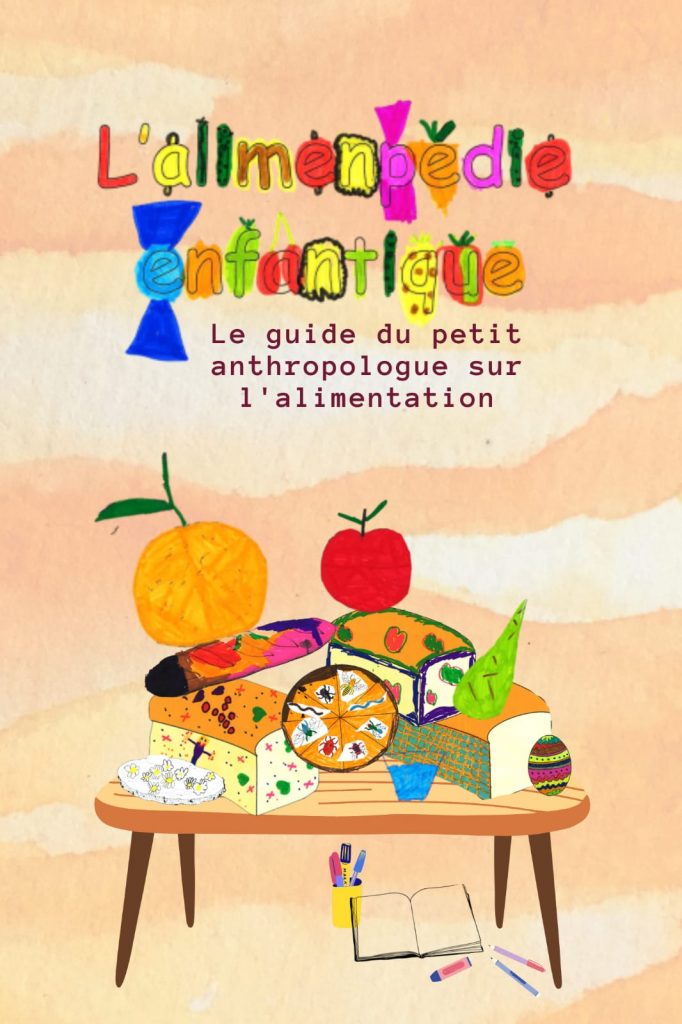
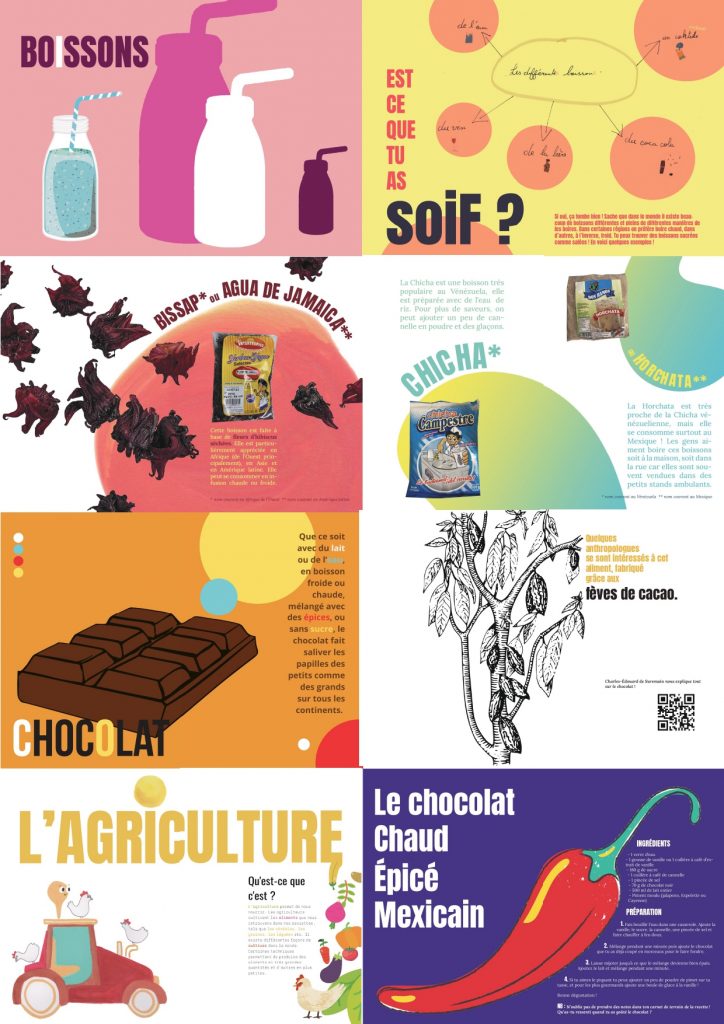
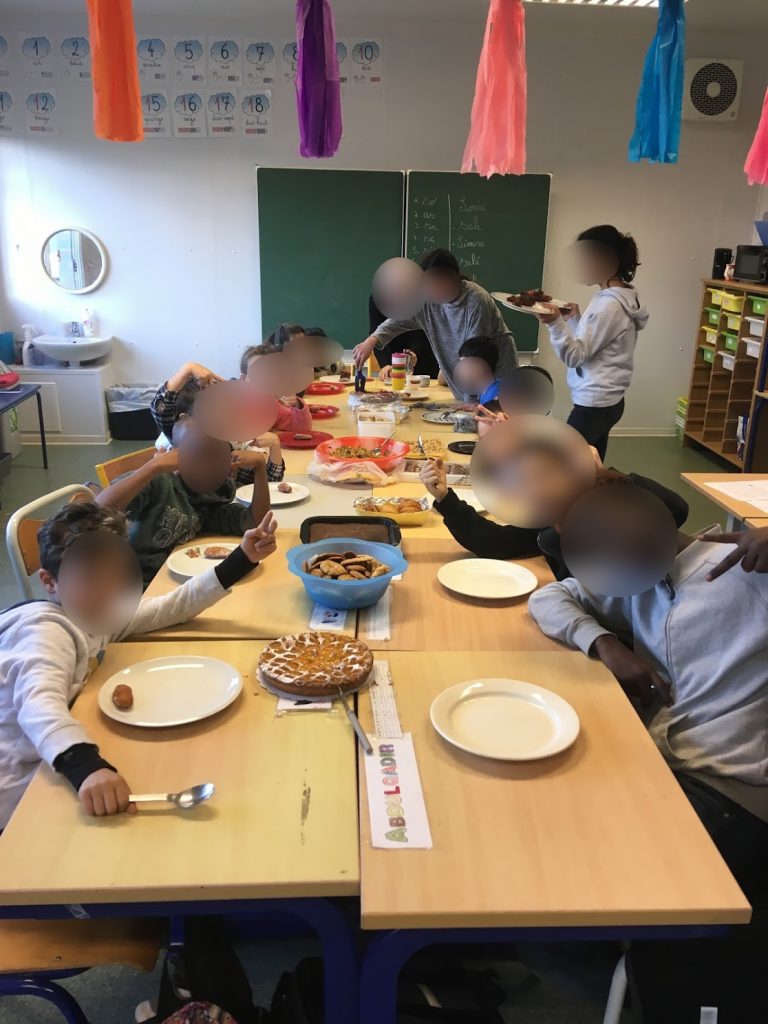
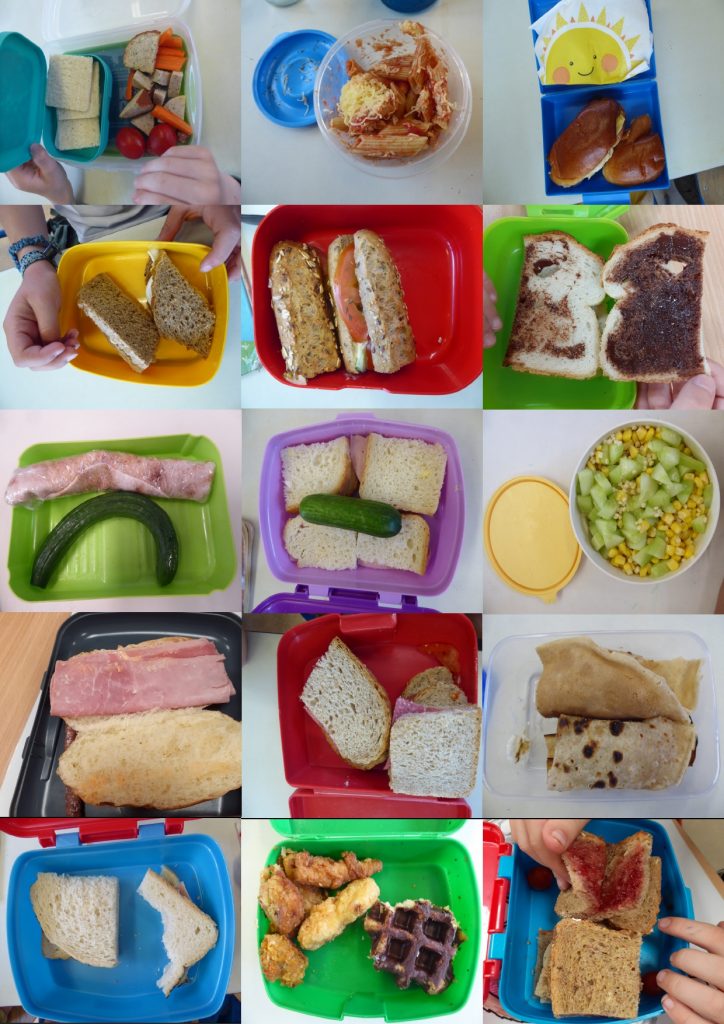
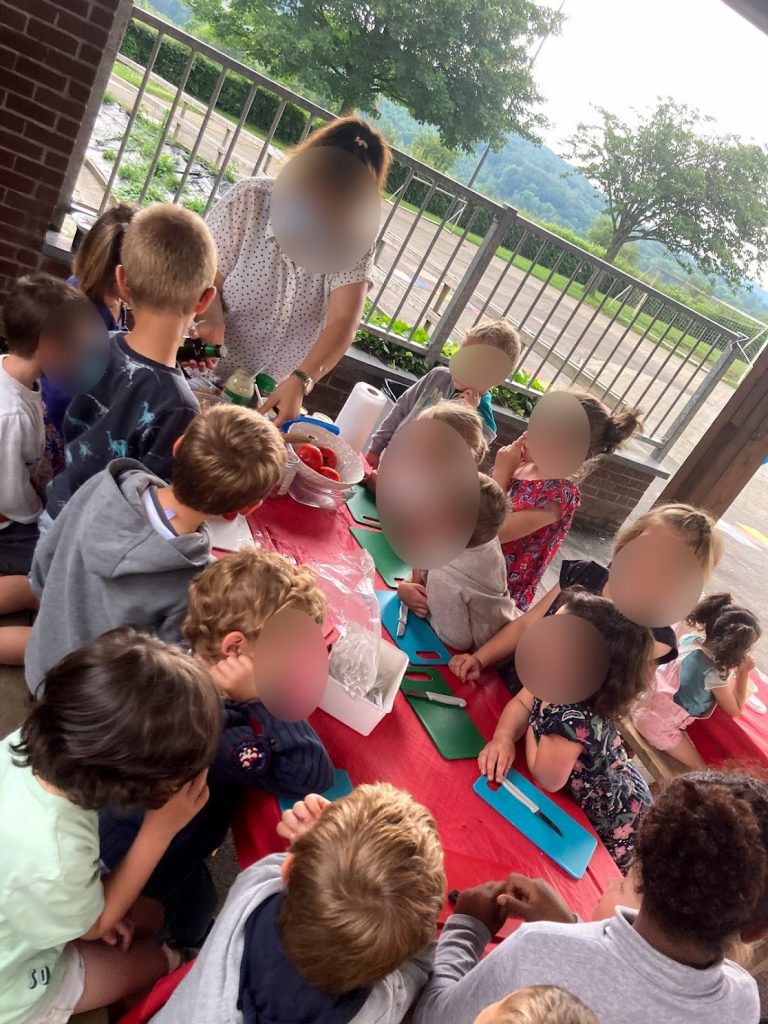
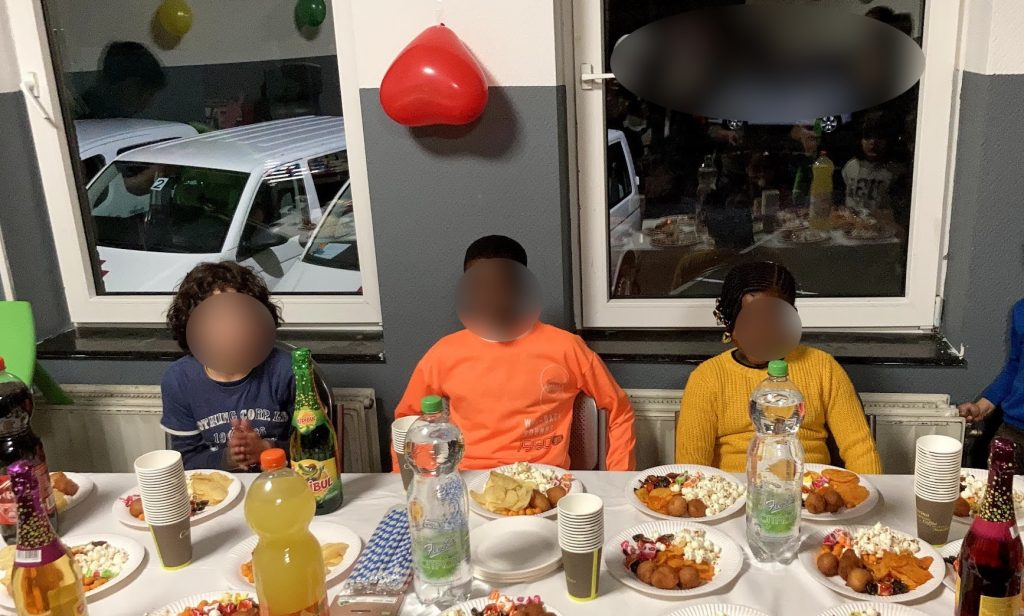
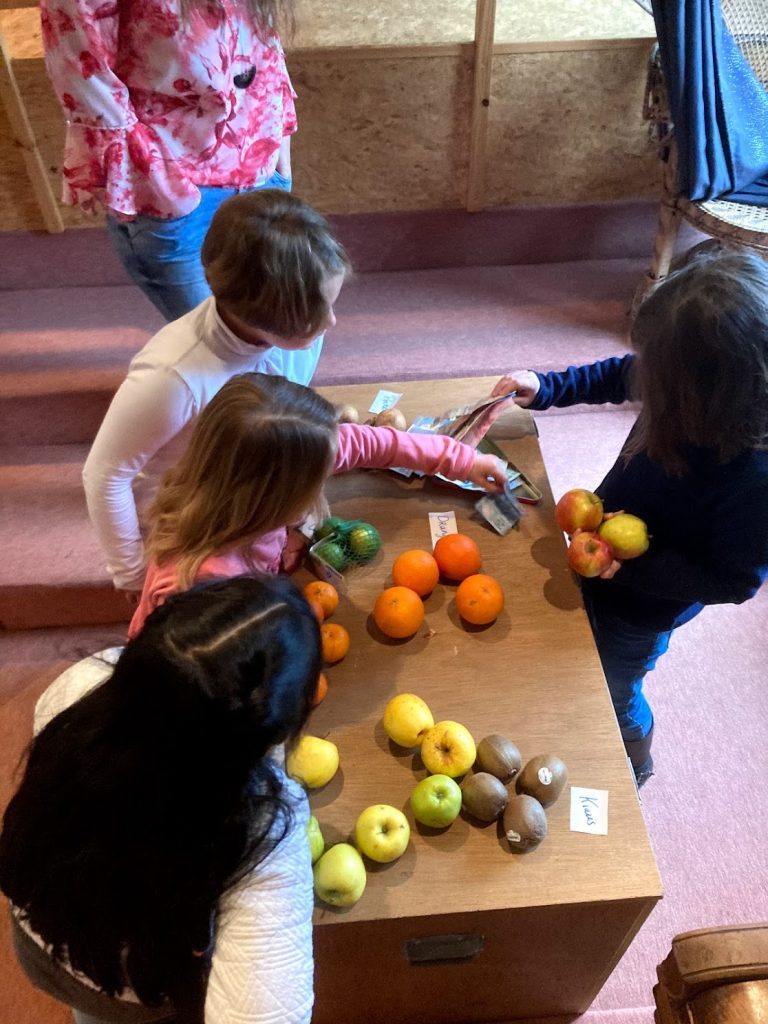
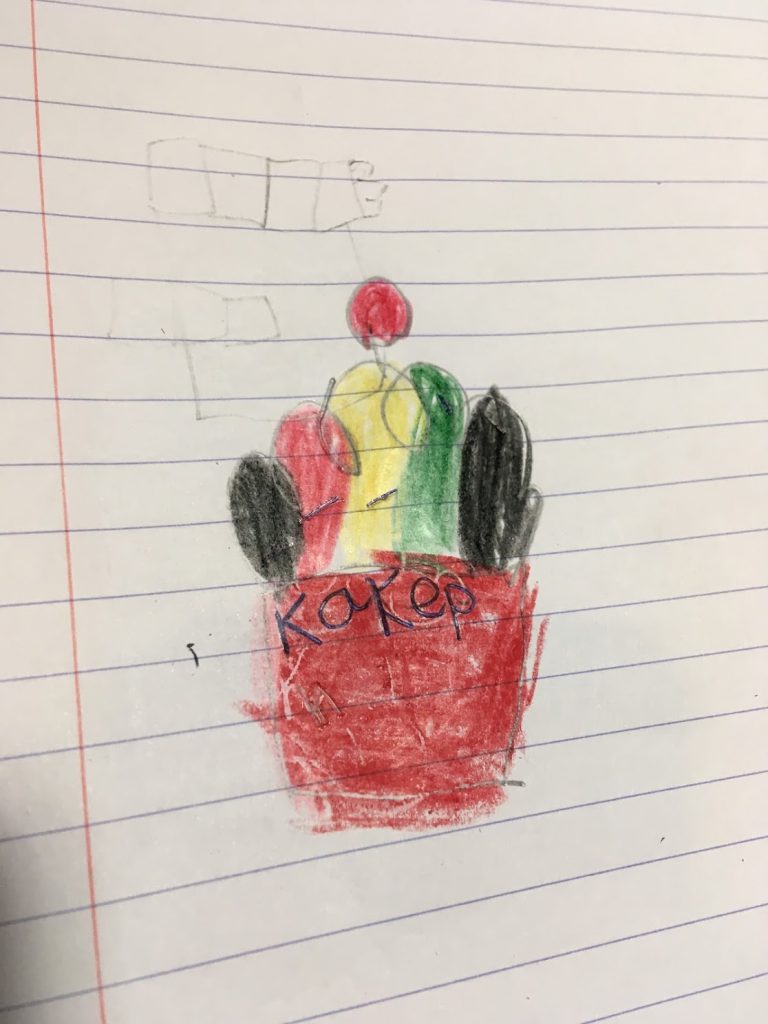
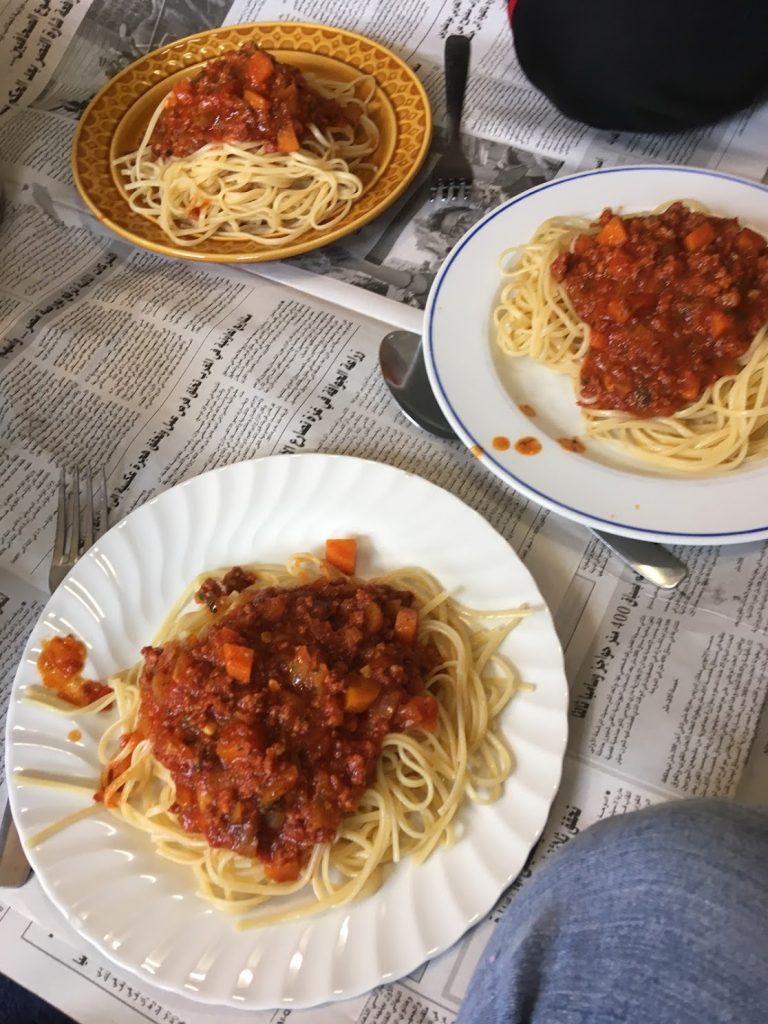
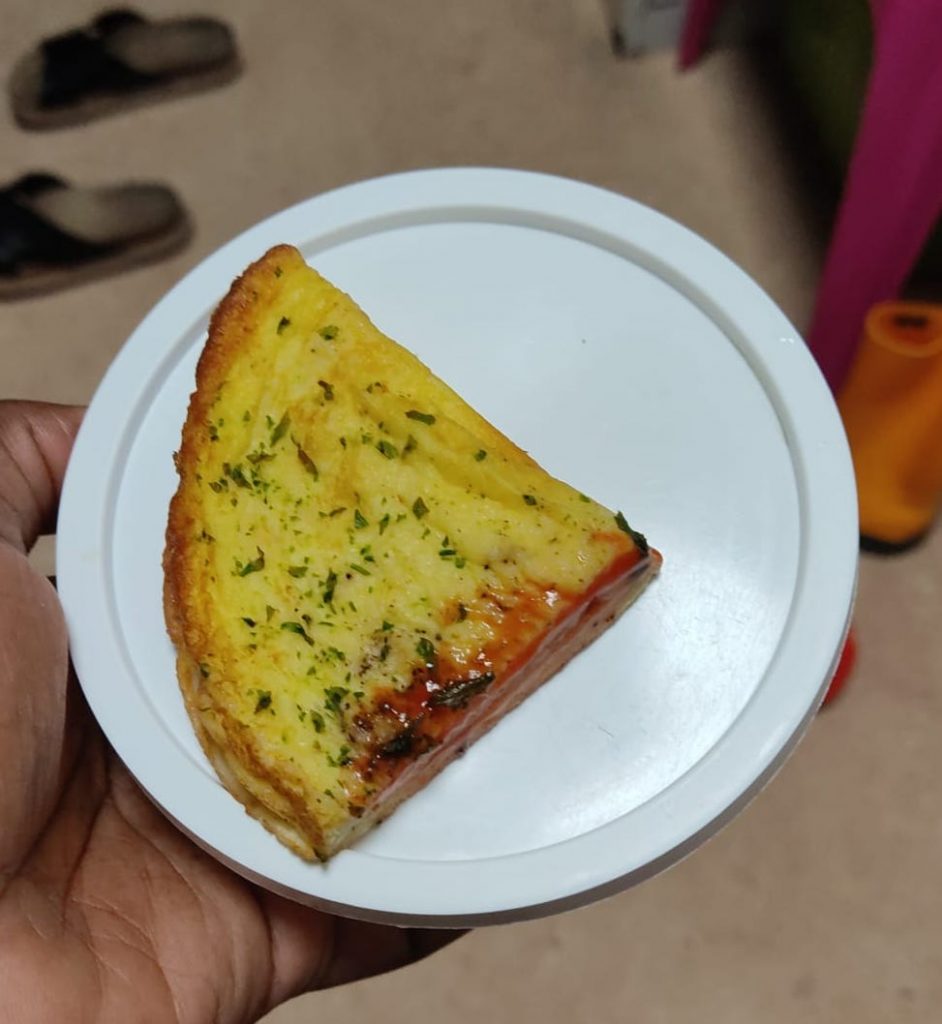
| Title picture 1: “L’alimenpédie enfantique : the little anthropologist’s Food Guide” This photo represents a book cover, and more precisely the one of an encyclopedia (in progress) highlighting an anthropological approach of food and carried out with and for children of a kindergarten and a primary school in French-speaking Belgium (Province of Liege) by Mélanie and Élodie (researchers). |
| Title picture 2: “L’alimenpédie enfantique” : the first draft of some pages of the encyclopedia. The title “L’alimenpédie enfantique” is based on a French wordplay between food and encyclopedia (foodpaedia in English), and children and researchers. Children also created the word “enfantique” in french – used in this case instead of “enfantin” – that is an alternative to the word “childish”. This title is the one that received the most votes from children among all the titles they proposed. It was decided to include all other titles as sub-headings or on the back cover to ensure that all children’s choices were represented. You can see here some examples of draft pages on different food topics that you will find in the children book. These pages are based on the children’s productions and designed by a student named Naomé Desprez. |
| Title picture 3: “A ‘multicultural meal’ at school in French-speaking Belgium (Province of Liege)” In a class for foreign children at primary school, the muslim religion teacher organizes each year a “multicultural meal”. Each child has to bring some food from his or her home country to school to share a meal all together. |
| Title picture 4: “Lunch boxes at school in French-speaking Belgium” The picture shows the diversity of ingredients used by parents for the children’s lunch : from sweet to salty and sometimes, spicy! During anthropological workshops organized by Mélanie and Élodie (researchers) with children, the latter learned how to reconsider what they eat at school and how they eat: do we all eat the same meals? How do children eat at school in other border or distant countries ? Why is eating so important? |
| Title picture 5: “A Food2Gather cooking workshop at school in French-speaking Belgium (Province of Liege)” A mother living at a reception center for asylum seekers prepared a pasta salad with the children at school during the Food2Gather Belgian team pilot activities. |
| Title picture 6: “A Birthday party at a reception center for asylum seekers in French-speaking Belgium (Province of Liege)” |
| Title picture 7: “Children at the food market as anthropologists during Food2Gather workshops” Children learned how to be anthropologists by doing fieldwork at a food market that Mélanie and Élodie (the researchers) had to improvise at school because of the Covid-19 constraints preventing us from leaving the school (French-speaking Belgium, Province of Liege). |
| Title picture 8: “A Food2Gather cupcake to share !” An Albanian-German-Belgian cupcake drawn by a child living at a reception center for asylum seekers in French-speaking Belgium (Province of Liege). |
| Title picture 9: “Cooking and eating together” A spaghetti bolognese meal cooked by Mélanie (researcher) with a Palestinian family in a reception center for asylum seekers in French-speaking Belgium (Province of Liege). The meal is eaten in the family room directly on the ground. The Arabic newspapers taken at the reception of the center by the family is used as a table. |
| Title picture 10: “Is this slice of omelette enough for my child?” The picture shows a child slice of omelette from the canteen at a reception center for asylum seekers in French-speaking Belgium (Province of Liege). A resident in asylum seeking situation took the picture and sent it to Mélanie (researcher) to protest against what the institution gives to them to feed their children. |